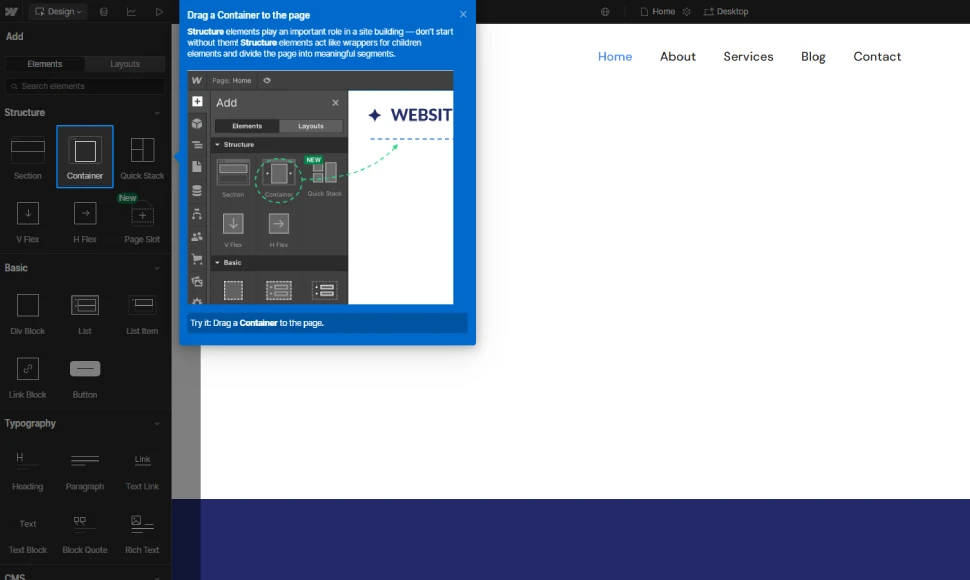How Animation Effects Enhance Mobile Experience
Table of Contents
In the rapidly evolving world of mobile design, animation effects have become a fundamental element for creating engaging, intuitive, and accessible user interfaces. These dynamic visual cues not only improve aesthetic appeal but also serve as essential tools for guiding user interactions, making complex functionalities easier to understand, and fostering emotional connections with content.
Table of Contents
- Introduction to Animation Effects in Mobile Design
- Fundamental Principles of Effective Animation in Mobile Experience
- How Animation Affects User Engagement and Satisfaction
- The Educational Impact of Animation: Making Content Understandable
- Cultural and Contextual Significance of Animation Effects
- Non-Obvious Aspects of Animation Design
- Technical Considerations and Best Practices
- Future Trends in Animation Effects for Mobile Experience
- Conclusion: The Strategic Value of Animation Effects in Mobile Engagement
Introduction to Animation Effects in Mobile Design
Animation effects in mobile user interfaces are visual transitions and movements that help communicate changes, guide users through tasks, and make interactions more fluid and natural. Their significance lies in their ability to make digital experiences feel more tangible and responsive, reducing cognitive load and enhancing usability. For example, a subtle bounce when a user taps a button provides immediate feedback, confirming the action was recognized.
The evolution of mobile interactions—from simple taps to complex gestures—has been closely linked with animation. Early mobile apps relied on static screens, but as users demanded richer, more engaging experiences, designers integrated motion to emulate real-world physics and create seamless transitions. This progression underscores animation’s essential role in modern mobile UI/UX design, transforming static interfaces into dynamic environments.
Fundamental Principles of Effective Animation in Mobile Experience
Effective mobile animations adhere to core principles that balance functionality, aesthetics, and inclusivity:
- Enhancing usability through visual cues: Animations can direct attention, indicate available actions, or signal errors. For instance, a fading tooltip can guide users on how to proceed.
- Balancing aesthetics and performance: Smooth, well-timed animations improve perceived quality without compromising app responsiveness or battery life. Overly elaborate effects may cause lag, detracting from user experience.
- Ensuring accessibility and inclusivity: Animations should consider users with visual impairments or motion sensitivities. Techniques like reduced motion modes and clear visual contrasts make interfaces more inclusive.
A practical example is the use of animated icons that morph to indicate state changes, simplifying complex tasks into intuitive visual steps.
How Animation Affects User Engagement and Satisfaction
Animations significantly influence how users perceive and interact with mobile applications. They create intuitive navigation pathways by providing smooth transitions between screens, helping users understand where they are and where they are headed. For example, sliding menus or animated page shifts mimic physical movements, making digital navigation feel natural.
Moreover, animation fosters emotional bonds with content. A well-designed animated element can evoke delight or curiosity, increasing user satisfaction and encouraging prolonged engagement. Successful cases include animated onboarding tutorials that guide new users seamlessly, leading to higher retention rates.
Research shows that users tend to prefer interfaces with fluid motion, perceiving them as more trustworthy and professional. For instance, a study by Google revealed that a 60ms delay in animation responsiveness reduces user satisfaction, highlighting the importance of optimized motion design.
As an illustration, consider how animated feedback during a music app’s playback—like a bouncing equalizer—can make the experience more immersive and satisfying, similar to the engaging visuals in my thoughts on Big Bass Rock and Roll demonstrate how motion can deepen user connection.
The Educational Impact of Animation: Making Content Understandable
Animation serves as a powerful educational tool by translating complex concepts into digestible visual stories. Motion can illustrate processes that are difficult to grasp through static images or text alone. For example, animated diagrams showing how a mechanic engine works can clarify intricate mechanisms.
Semantic bridging occurs when visual effects directly relate to learning outcomes, reinforcing understanding through contextual cues. A smooth transition from a question to an answer, or a progressive reveal of information, helps learners retain knowledge more effectively.
Consider the case of Big Bass Rock and Roll, where animated visuals and sound effects make the experience more engaging and memorable. Such applications exemplify how motion aids in simplifying complex ideas and capturing user attention. To explore how modern animations can make educational content more compelling, see my thoughts on Big Bass Rock and Roll.
Cultural and Contextual Significance of Animation Effects
Cultural references embedded in animations enhance storytelling by resonating with users’ backgrounds and experiences. Symbols like the pink Cadillac or flamingo are more than aesthetic choices—they evoke specific cultural narratives that deepen engagement. For instance, animated motifs that incorporate these symbols can communicate themes of luxury, Americana, or nostalgia effectively.
Embedding such references within context-aware animations fosters a sense of familiarity and connection. When users recognize cultural cues, they are more likely to feel emotionally invested, which can lead to increased loyalty and positive brand perception.
In mobile experiences, this approach ensures that animations are not just decorative but meaningful. For example, an app centered around vintage music might animate a pink Cadillac to evoke a retro vibe, aligning visual storytelling with thematic content, much like how compelling my thoughts on Big Bass Rock and Roll utilize visual cues to reinforce their musical and cultural identity.
Non-Obvious Aspects of Animation Design
Beyond obvious visual effects, animations influence subconscious psychological processes. For example, motion can direct attention, enhance memory recall, and improve overall engagement. Subtle animations, such as a gentle glow or slight movement, can make interfaces feel more responsive without overwhelming the user.
Perceived performance is also affected by subtle motion. Smooth, well-timed animations create a sense of fluidity, reducing perceived delays and making interactions feel more natural. Conversely, excessive or poorly timed animations risk user fatigue and can distract or annoy users.
To avoid overload, designers should prioritize subtlety and purpose in animation choices, ensuring each motion supports user goals and context. The balance between visual interest and simplicity is key for sustainable, user-friendly mobile interfaces.
Technical Considerations and Best Practices
Optimizing animations for performance involves choosing lightweight techniques that minimize CPU and GPU load. Using hardware-accelerated CSS transitions, leveraging vector graphics, and limiting animation durations are proven strategies. These practices extend battery life and ensure smooth delivery across devices.
Cross-platform consistency and responsive design are crucial, as users access apps on a variety of devices with differing capabilities. Frameworks like Flutter or React Native facilitate consistent animation experiences, while media queries and flexible layouts adapt effects to different screen sizes.
Modern tools and frameworks—such as Adobe After Effects, Lottie, and Motion UI—enable designers to craft high-quality animations efficiently. These tools provide reusable assets and streamline integration, making it easier to implement engaging effects without sacrificing performance.
Future Trends in Animation Effects for Mobile Experience
Emerging technologies are poised to revolutionize mobile animation. Augmented reality (AR) and 3D animations will allow immersive experiences that blend virtual objects seamlessly into real-world environments. For instance, interactive AR animations could animate a virtual instrument in a music app, much like innovations seen in gaming and retail sectors.
Personalization and adaptive animation—where effects change based on user preferences or behaviors—will enhance engagement, making interfaces feel more tailored and responsive. Machine learning algorithms can analyze user interactions to deliver contextually relevant animations in real-time.
Integrating animation effects with emerging technologies such as AI, voice interfaces, and IoT devices will further enrich mobile experiences, transforming static content into dynamic, interactive environments.
Conclusion: The Strategic Value of Animation Effects in Mobile Engagement
Animation effects are more than visual embellishments—they are strategic tools that elevate user experience by improving usability, fostering emotional bonds, and making content more accessible. When thoughtfully implemented, they can transform simple interfaces into engaging, memorable journeys.
Designers should focus on purposeful motion, balancing aesthetic appeal with technical efficiency, and considering cultural and psychological factors. As technology advances, embracing future trends will be essential to maintaining compelling and innovative mobile experiences.
“Effective animation bridges the gap between static information and human experience, making digital interactions more natural and meaningful.”
By applying these principles, developers and designers can create mobile interfaces that not only look appealing but also serve users’ needs more effectively, ensuring sustained engagement and satisfaction.
 +91 98792 74063
+91 98792 74063






